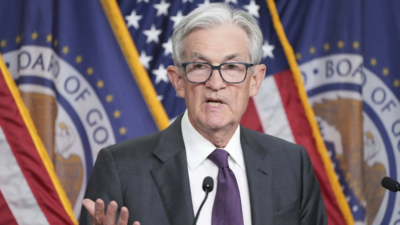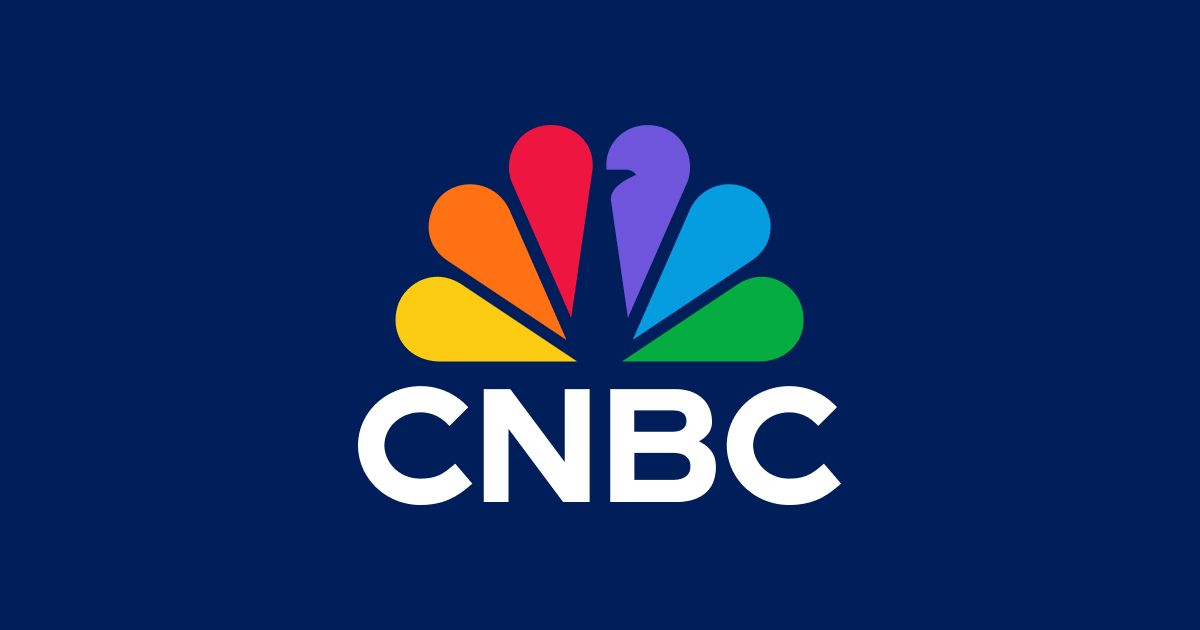
Federal Reserve chair Jerome Powell speaks during a news conference after the Federal Open Market Committee meeting, Wednesday at the Federal Reserve in Washington. (Pic credit: AP)
The federal reserve maintained its benchmark interest rate on Wednesday, keeping it unchanged for the second consecutive meeting, while signalling that it still expects to cut rates twice before the end of the year. However, officials acknowledged growing uncertainty in the
economic outlook
as inflation shows signs of persistence and growth projections weaken.
In its latest quarterly economic forecast, the Fed revised its expectations for economic growth, predicting a slower expansion this year and next compared to previous estimates. The central bank also anticipates a slight increase in the unemployment rate, projecting it to rise to 4.4% by the end of 2025. Inflation, which remains above the Fed's 2% target, is expected to climb to 2.7% this year from its current level of 2.5%.
"Uncertainty around the economic outlook has increased," Fed noted in its post-meeting statement, highlighting the delicate balance policymakers must strike. While rising inflation would typically prompt the Fed to keep rates elevated or even raise them, slowing growth and rising unemployment could necessitate rate cuts to support the economy.
Impact of tariffs and economic policies
The decision to hold rates steady comes as the central bank assesses the broader impact of the Trump administration's economic policies, particularly tariffs. Economists predict that new trade barriers could temporarily push inflation higher, while other measures, such as deregulation, may offset some of those effects by reducing costs.
Fed chair Jerome Powell acknowledged that tariffs have begun to influence inflation, particularly through higher costs on imported goods.
"I do think with the arrival of tariff inflation, further progress [on lowering inflation] is probably delayed," Powell said during a news conference.
Adjusting bond holdings to stabilise markets
Alongside the rate decision, Fed announced a slowdown in the pace at which it is reducing its holdings of US treasury securities.
Previously, the central bank allowed $25 billion in treasuries to mature each month without reinvesting the proceeds. Now, it will reinvest more aggressively, limiting the monthly runoff to just $5 billion.
This move aims to keep long-term borrowing costs lower by stabilizing Treasury yields, which dipped slightly following the announcement.
Inflation and consumer sentiment
Despite Fed's efforts to manage inflation, concerns are growing among economists and consumers alike. Analysts at Goldman Sachs predict that inflation could climb to 3% by the end of the year, up from 2.6% currently, largely driven by import taxes.
Consumer sentiment also reflects growing caution, with recent surveys indicating that Americans expect inflation to worsen. If these expectations persist, they could lead to self-fulfilling price increases as people rush to make purchases before costs rise further. Retailers and homebuilders have already signalled potential price hikes on goods and services due to the added pressure of tariffs.
Slower growth ahead
While inflation remains a key concern, signs of economic slowdown are also emerging. The economy has shown weaker growth in early 2025, with Barclays cutting its GDP forecast to just 0.7%, down from an earlier projection of 2.5% in 2024.
With inflation still above target, growth slowing, and tariffs complicating the economic landscape, the Fed's path forward remains uncertain. Policymakers have signalled rate cuts on the horizon, but the timing and extent of those reductions will depend on how economic conditions evolve in the coming months.

 5 hours ago
4
5 hours ago
4








